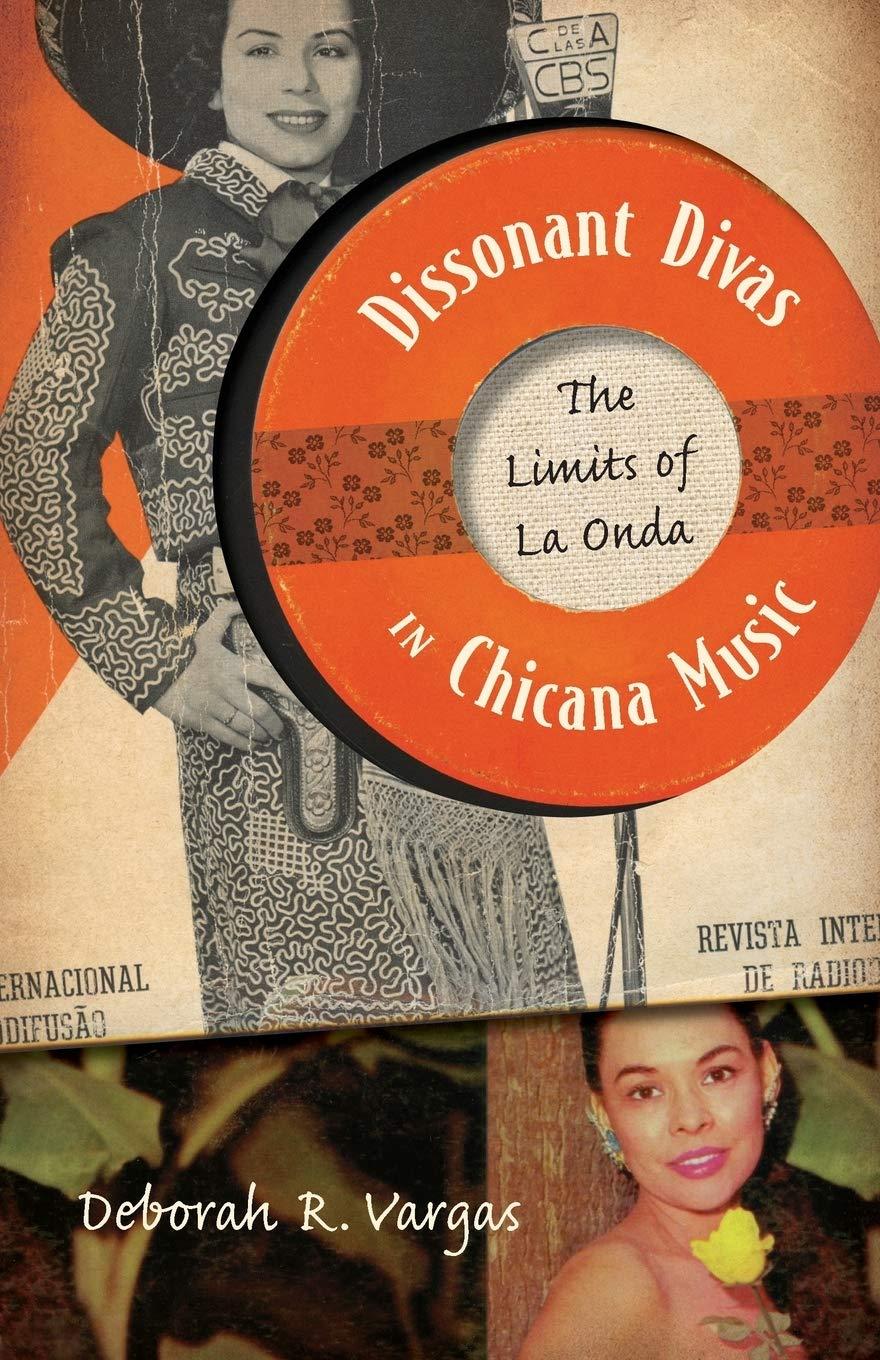

encountering
https://kolakis.ebookexprees.com/esu/0816673179/Dissonant-Divas-in-Chicana-Music-The-
Musical sound has been central to heteromasculinist productions of nation and homeland, whether Chicano, Tejano, Texan, Mexican, or American. If this assertion holds true, as Deborah R. Vargas suggests, then what are we to make of those singers and musicians whose representations of gender and sexuality are irreconcilable with canonical Chicano/Tejano music or what Vargas refers to as la onda8221? These are the dissonant divas8221 Vargas discusses, performers who stimulate our listening for alternative borderlands imaginaries that are inaudible within the limits of la onda.8221 Dissonant Divas in Chicana Music focuses on the Texan monument of the Alamo and its association with Rosita Fernandez Tejano corrido folklore and its musical antithesis in Chelo Silva the female accordion-playing bodies of Ventura Alonza and Eva Ybarra as incompatible with the instrumental labor of conjunto music geography as national border, explored through the multiple national music scales negotiated by Eva Garza and racialized gender, viewed through Selena8217s integration of black diasporic musical sound. Vargas offers a feminist analysis of these figures8217 contributions by advancing a notion of musical dissonance8212a dissonance that recognizes the complexity of gender, sexuality, and power within Chicana/o culture.Incorporating ethnographic fieldwork, oral history, and archival research, Vargas8217s study demonstrates how these singers work together to explode the limits of Texan, Chicano, Tejano, Mexican, and American identities.
